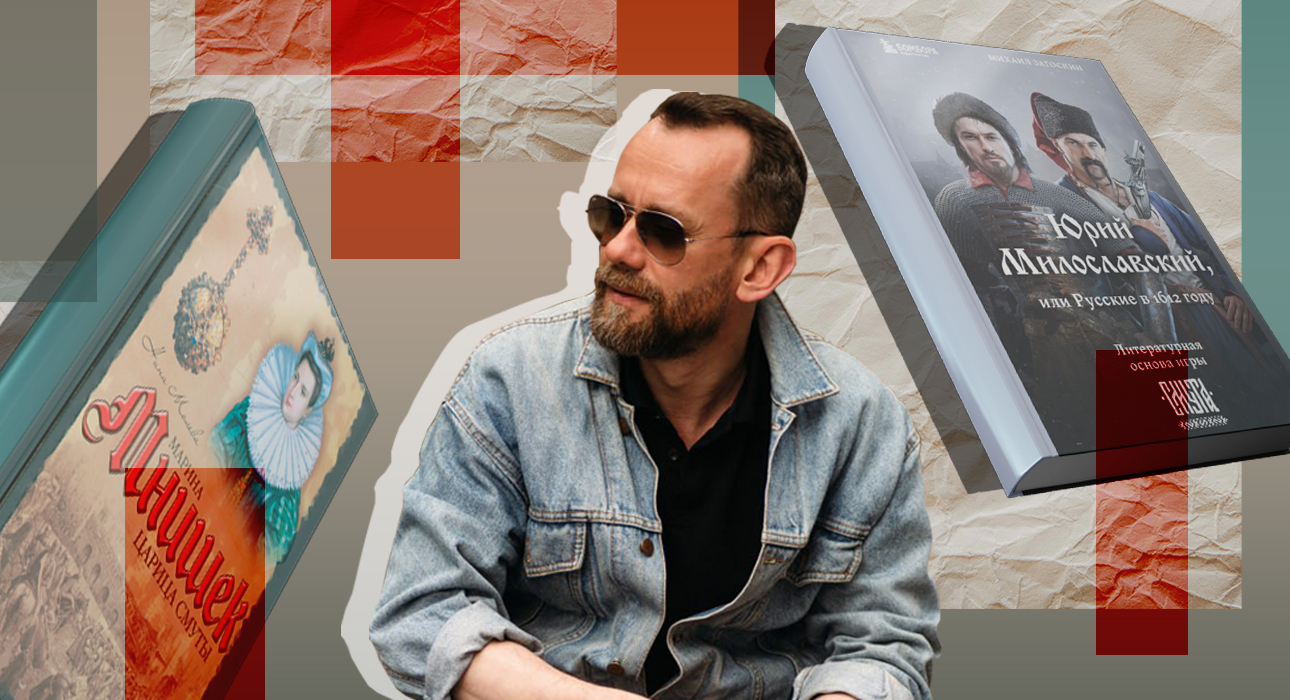It seems like questions about what to watch or read can be asked endlessly – after all, any good work, be it a book, a movie or a series, unfortunately sooner or later ends and leaves its viewer or reader stranded. the pains of new searches. But there is some good news, too.
To facilitate your task, we asked our columnist Konstantin Obraztsov – writer, author of “Red Chains”, “Hammer of the Witches” and other books, as well as VKontakte and the creator of the “Sample Reading” show. Channel “Obraztsov” on Telegram – to share the diamonds of his collection of the best from the world of literature, films and TV series.

Konstantin Obraztsov
On our agenda today are five books describing the events that took place in 1612 on the eve of National Unity Day.
November 4 is Personal Care Day. And by the way, today is Stout Day, which goes well with both self-care and a day off. Or maybe it’s Cash Register Day?
Jokes aside: unfortunately, many people do not know to which holiday we owe the day off, and few people know what exactly we celebrate on National Unity Day, which can be called one of the main holidays of the Russian state.
A few boring but necessary lines of historical information.
After the death of Ivan the Terrible, the Russian throne was succeeded by several rulers: Boris Godunov, Vasily Shuisky and two heirs, each of whom called himself Tsarevich Dmitry, the surviving son of Ivan the Terrible. It eventually came to the point that a council of seven boyars invited the Polish prince Vladislav to rule, which gave Polish troops the right to actually occupy Moscow. Things were moving towards the actual loss of the Russian state. However, in 1612, merchant Kuzma Minin and Prince Dmitry Pozharsky gathered a people’s militia; The forces of this militia took China Town by storm on 1 November and liberated the Moscow Kremlin on 5 November. The expulsion of Polish troops from Moscow was the beginning of overcoming the Time of Troubles. And a few decades later, Tsar Alexei Mikhailovich ordered the Day of the Kazan Icon of the Mother of God to be celebrated on November 4 (October 22 according to the old style) in memory of the liberation of Moscow.
Fiction will not replace the history textbook (but that’s not for sure). But historical novels are probably more interesting to read than scientific texts full of names and dates: they contain fascinating plots, emotions, characters you want to empathize with, and the author’s view of events.
Many people wrote about the Time of Troubles, from Pushkin and his contemporaries to writers of our time. In our selection today there are five best books about the events of those years.
Nina Moleva, “Marina Mnishek. “Queen of Problems”
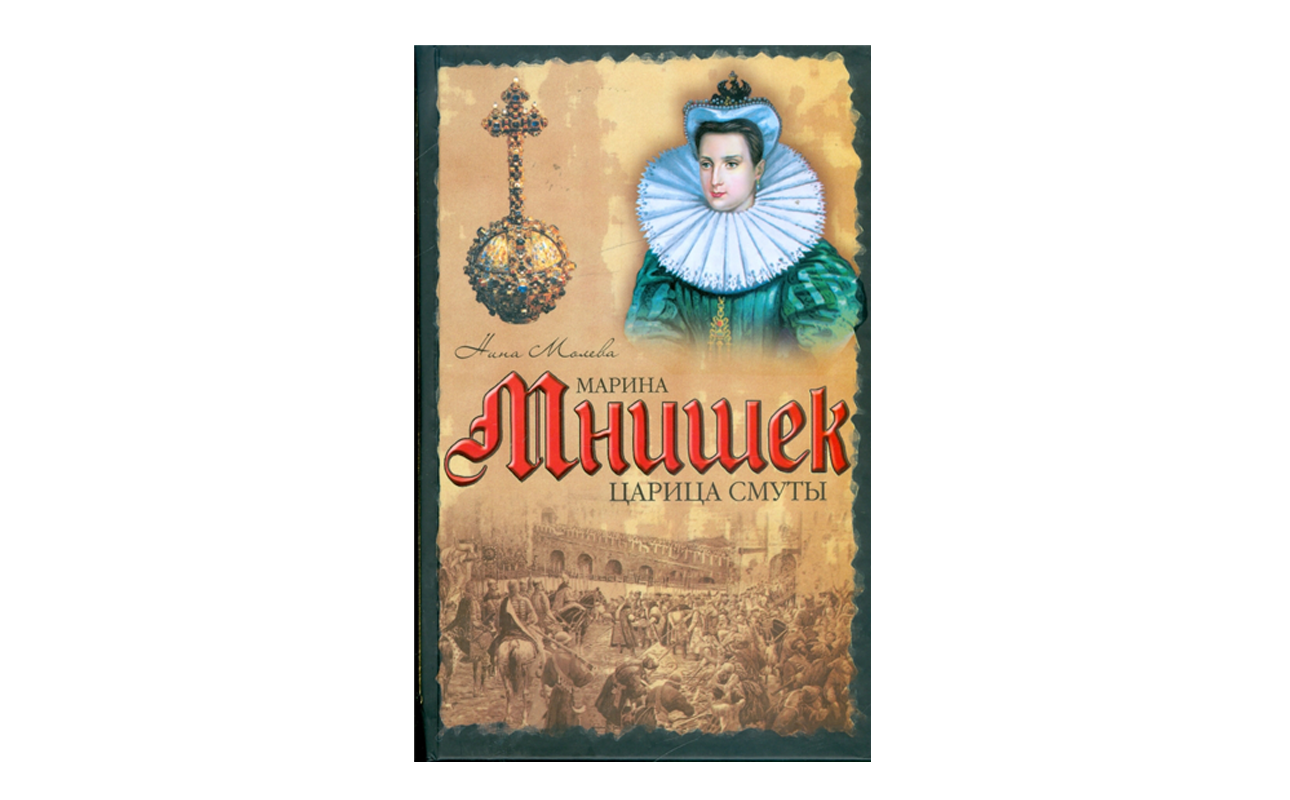
A literally classic representative of the Moscow intelligentsia, historian, art critic, artist and writer Nina Mikhailovna Moleva wrote mostly non-fiction on the subject of painting and culture. Roman “Marina Mnishek. Queen of Troubles” tells about one of the most important figures not only of the Time of Troubles, but also of Russian history.
Marina Mniszech was the daughter of a Polish governor. To seize the opportunity to ascend to the Russian throne, she agreed to marry a tramp and adventurer posing as Tsarevich Dmitry: a crazy idea, to say the least. But everything went well: the impostor went down in history as False Dmitry I, and the daughter of a Polish officer became the first crowned queen of Russia.
But she did not stay with him for long: just a week later, False Dmitry was killed and Marina Mnishek was forced to flee. But she returned a few years later, this time as the wife of another impostor, False Dmitry II. Life taught Ms. Mniszech nothing: soon she too was killed and she had to flee again. The end of Marina Mnishek’s life was also tragic: she was captured by Moscow archers with her three-year-old son; The boy was hanged in front of his eyes for fear that he might one day have a claim to the throne. According to various sources, Marina herself either died of grief or was hanged.
If you think that the life of a woman in the 17th century was very boring and passed only between home and church, read “The Queen of Troubles.”
Mikhail Zagoskin, “Yuri Miloslavsky, or the Russians in 1612”
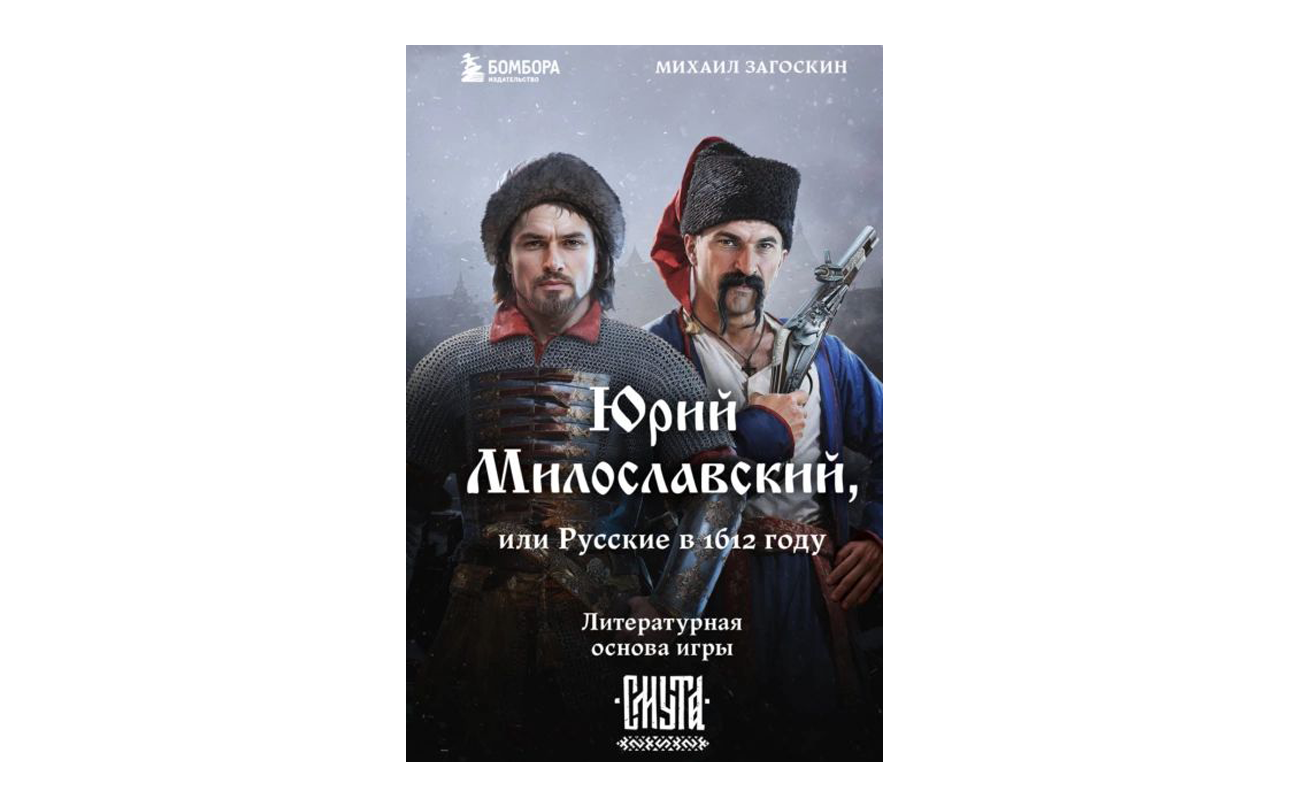
Mikhail Zagoskin was a contemporary of Pushkin; He was the first in the history of Russian literature to write adventure historical novels, enjoyed great popularity during his lifetime and earned the honorary title of Russian Walter Scott. Everyone loved it: from ordinary readers who appreciated the fascinating plot to Zhukovsky, Gogol and even Belinsky, who called “Yuri Miloslavsky” the first good Russian novel.
Zagoskin has employed a plot device that makes any historical narrative entertaining: This is a love story with separations, meetings, dangers, and adventures against a backdrop of war and social upheaval. The main character goes through a difficult path from a boyar who swore allegiance to the Poles to a participant in the liberation campaign against Moscow, beloved Anastasia… But no, this is already a spoiler. Read it for yourself, the book is worth it.
It is interesting that this novel resonated in popular culture centuries later. For example, in Bulgakov’s play “Ivan Vasilyevich”, which was later adapted into a famous comedy, the charming swindler Georges Miloslavsky is a homage to Zagoskin’s character.
In addition, based on “Yuri Miloslavsky”, the same Russian computer game “Smuta” was created, the release of which became an unforgettable event and significantly revitalized the gaming industry with its appearance, leaving almost no one indifferent and giving birth to its own game. memeology For those who do not find this sufficient, the developers have prepared an update that is expected to be released in the near future.
Valentin Kostylev, “Kuzma Minin”
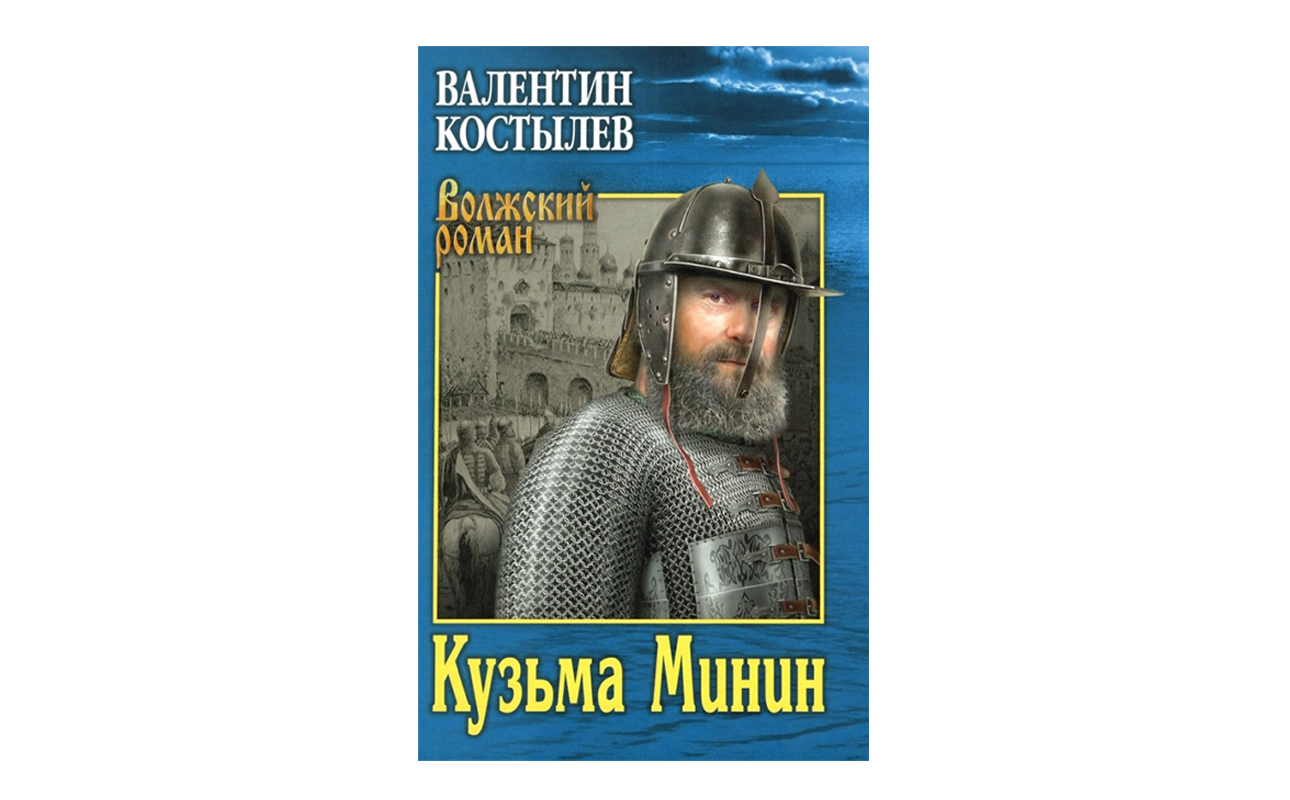
Valentin Ivanovich Kostylev is a venerable Soviet author of historical books and wrote them in detail and strictly. He is known for the “Ivan the Terrible” trilogy, which he worked on during the Great Patriotic War.
The novel “Kuzma Minin” tells about one of the two main characters of 1612, to whom we owe the holiday of November 4th. This is a classic biographical film written in excellent literary language. The choice of character is characteristic: Kuzma Minin was a simple merchant who did not have a noble rank and did not serve in the army. He could have stayed away from the liberation struggle without risking his wealth and life, but he made a different choice.
If you like old-style historical novels and want to know how a person turns into a monument on Red Square, it is recommended to read Kuzma Minin.
Pyotr Polevoy, “God’s Chosen One”
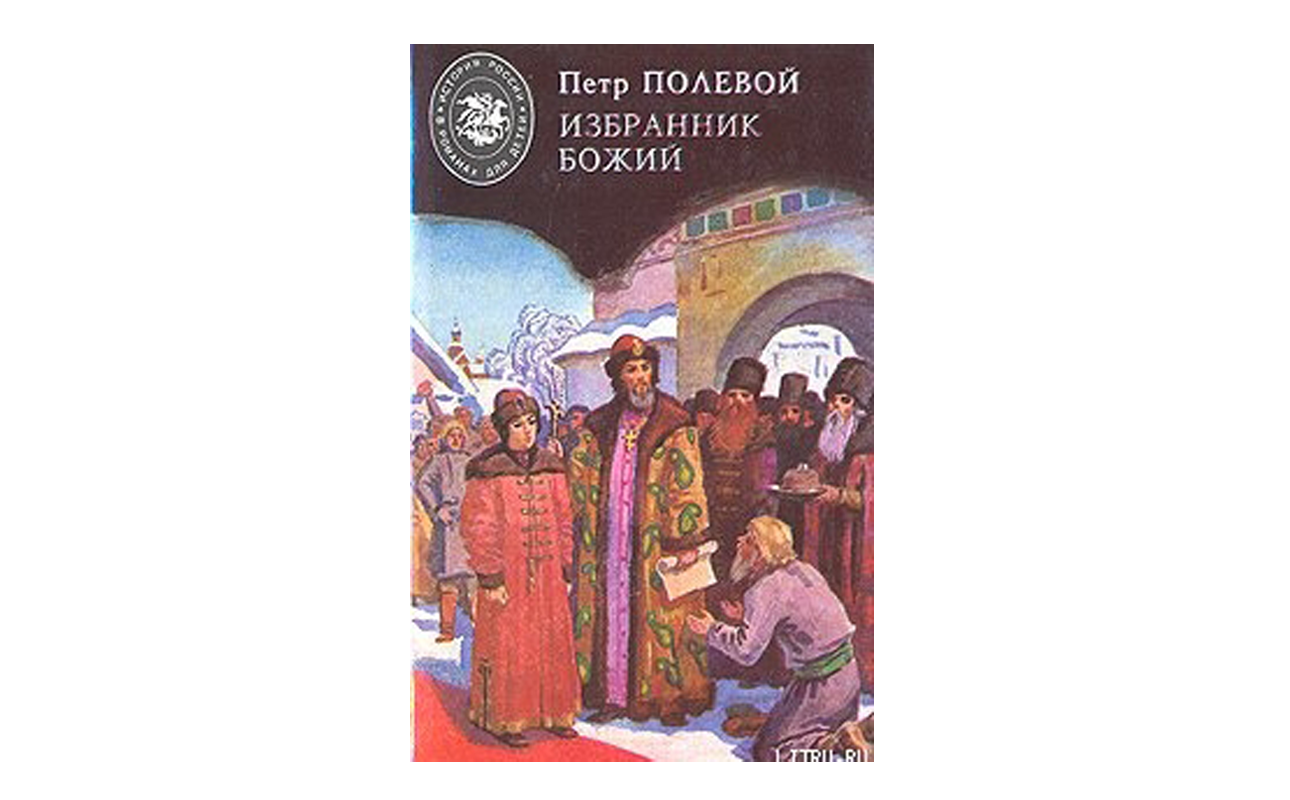
It’s time for heavy historical artillery!
Pyotr Nikolaevich Polevoy is a Russian scientist-historian of the 19th century, a professor who left the department only to be interested in literary creativity, and here he saw, first of all, a way to tell history more interestingly than it was. In a university audience on the eve of an exam or test.
“God’s Chosen One” tells the story of the family of Romanov boyars, one of whom became the founder of the new Russian royal dynasty. The Time of Troubles, no matter what historical period it belongs to, is always full of stories of rapid decline and rise. The book begins in 1601, when the Romanov boyar family was defeated and exiled, and ends just 12 years later in 1613, with the accession of Mikhail Fedorovich to the throne. These dates included the return of the Romanovs to Moscow, civil strife, captivity, escape to the monastery, and the Zemsky Sobor, which elected a new Russian ruler.
Polevoy’s novel is interesting not only as a revived example for a historical textbook, but also from the point of view of the events of the Time of Troubles from the point of view of the heyday of the Russian Empire. Even if the plot doesn’t impress you much with its dynamics, you will definitely be filled with a dignified spirit.
Lydia Charskaya, “The Desirable Tsar”
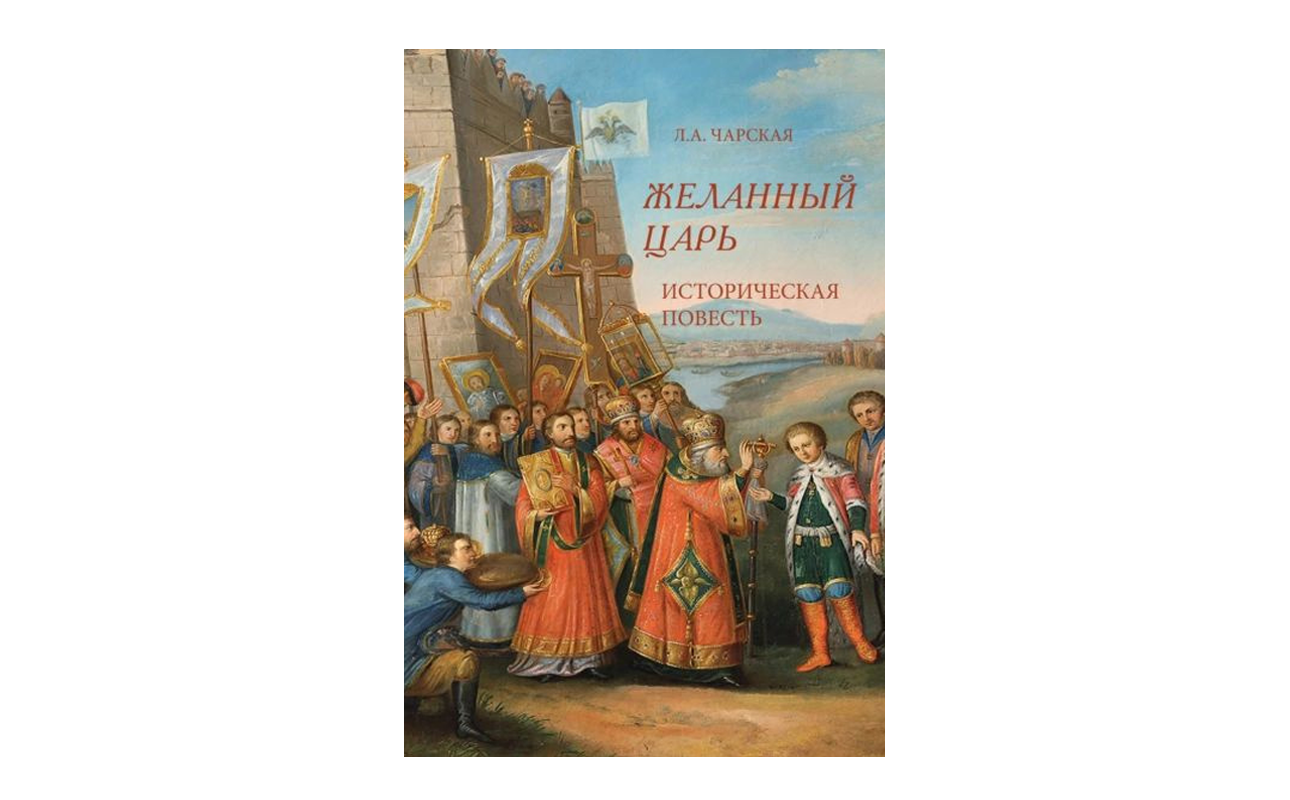
Lydia Alekseevna Charskaya would undoubtedly be very popular today: a charming, fragile and airy young lady who writes sentimental stories and love stories from the life of schoolgirls and girls’ boarding schools. She wrote nearly 80 books (according to some sources, twice as many), and in 1911 she was the favorite author among girls aged 13 to 18, according to a survey conducted at the time – a bona fide young adult star. Russian Empire!
His approach to the topic of Time of Troubles is even more surprising: it’s as if Asya Lavrinovich suddenly wrote about how Stalin came to power, and Leah Arden picked up a novel about the times of perestroika.
If Polevoy tells the story of “God’s chosen one”, like a history professor who decided to leave the podium and get a little closer to the students, Charskaya fills the narrative with admiration and warmth. This isn’t comfortable historical fiction, of course, but it’s somewhere close to it. Here are the intrigues of the insidious Godunov, the heroic death of Susanin, the uprising of Minin and Pozharsky, but most importantly – the brave young hawthorns who do not lose their charm and presence of mind in any situation.
Source: People Talk
Errol Villanueva is an author and lifestyle journalist who writes for The Fashion Vibes. With a passion for exploring the latest trends in fashion, food, travel, and wellness, Errol’s articles are a must-read for anyone interested in living a stylish and fulfilling life.

